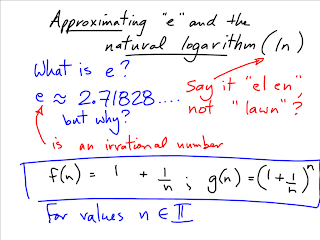
The study was carried out with publicĮlementary school teachers (grades 6 - 9).
#Og base 3 of x in graphmatica software
Therefore, we mapped free mathematics education software according to number and operation content. One challenge for educators is choosing the most appropriate software among numerous options. So don't forget to get those done by 3:40 friday and for tomorrow have questions 1-9 of exercise 15 to complete.Educational software has significantly changed how mathematics is taught and learned. Max was ever so kind to give us until friday to get done our first nine objectives. Together we went through a few different problems for proving identities which are shown in the above slides.Įven though today was our deadline for accelerated math, Mr. Similarily to graphing, verifying cannot be used to prove an identity but you can use it to disprove.

When you are verifying something you finding an identity for a specific case but it does not prove the identity for the whole equation. It is important to know that to verify and to prove are similar but not the same. In order to master the art of proving identities you must practice practice practice! To some, (like myself) it can be very difficult and frustrating which is why it is important to keep up with your exercises and practice. The correct terminology is shown in the slide below If the left hand side (LHS) equals the right hand side (RHS) then the identity is proved to be true.
#Og base 3 of x in graphmatica how to
(That would be 315 degrees, but I don't know how to get a degrees sign on here either.)īy using the identity cos( a - b) = cos acos b + sin asin b ,Ĭos(360 - 45) = cos360cos45 + sin360sin45īy using the identity cos( a + b) = cos acos b - sin asin b ,Ĭos(270 + 45) = cos270cos45 - sin270sin45 By the way, I'm sure there's a way to use greek letters, but I couldn't find it so I'm substituting a for alpha and b for beta.īy using the identity sin( a - b) = sin acos b - cos bsin a,ĭetermine the exact value of cos(315).

Well, I basically just copied what the examples were in the green Mickelson book, but changed the numbers, but just working through the examples and my own really helped me understand them better. Remember!!! Always keep the stick on the ice. Any questions or comments on how I can improve PLEASE let me know. Always note the signs you apply to the final answer so you make sure you have it in the right quadrant.īelow is just another example of solving double angles using exact values. So Max simply input the values for theta into another formula from our exam formula sheet, and solved for cosine and sine. In this picture below, they wanted to know the value of 2(theta).

Knowing these triangles will come in very handy. Also take not of a 30, 60, 90 triangle with lengths of 3, 4, and a hypotenuse of 5. I found this part very helpful and makes learning identities easier to understand!Īnother things that I found useful in today's lesson is to always keep in mind the key triangles that we learned at the start of the year. Max took all the equations given to us in our exam formula sheet and showed how they derived the formula. Today we did some more work with double angle identities. Maksymchuk continued on his journey to explain identities. I never had time yesterday and today it took me awhile to upload images due to the sweet sun computers.Īnywho, today Mr. Hope these notes were helpful and have a great day! On the fouth and fifth slides he graphed examples of logarithmic functions, and on the following slide he gave us a list of 8 common log properties.Įxercise 20 #'s 1-12 and Exercise 21 #'s 1-8 are due for tomorrow!

This is because if you try to sub in a +2 for the x value you wont arrive at a -4 and if you sub in a -2 for x, you will end up with a +1/2 In the third screen shot he showed us a logarithmic function that does not exist. In the second screen shot, he then went on to show us how to write exponential funtions in logarithmic notation and vice versa. X = b^y -> x is the argument, b is the base, and y is the argument. He also explained what the parts of a logarithmic function were. He began with explaining to us what a log was, and it is really just another type of notation that can be used to express things such as really big numbers and it is the inverse of an exponential function.


 0 kommentar(er)
0 kommentar(er)
